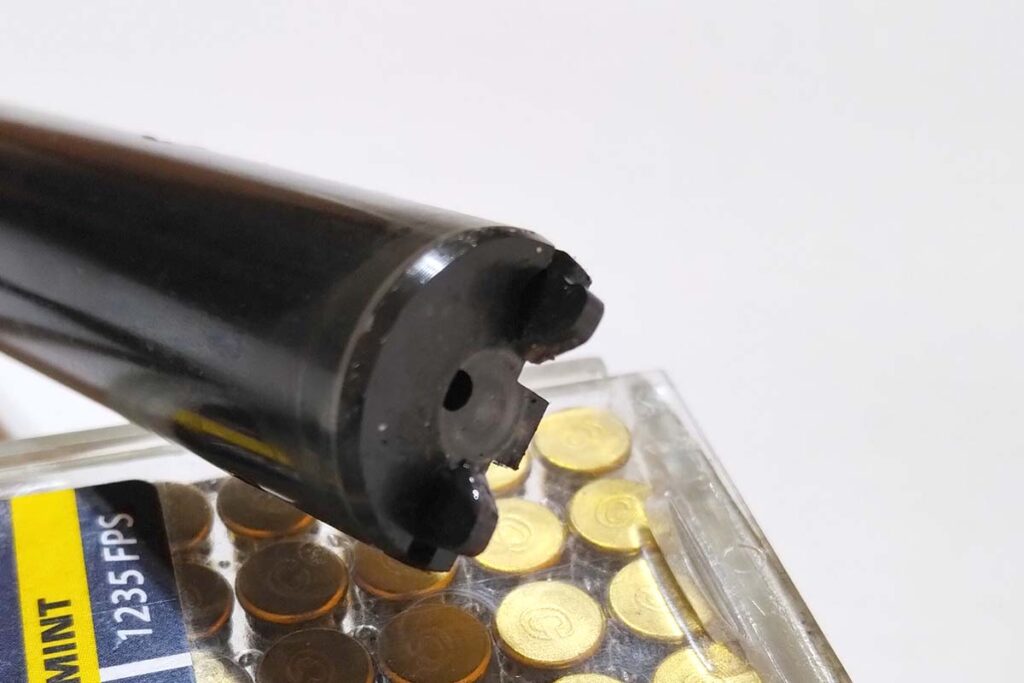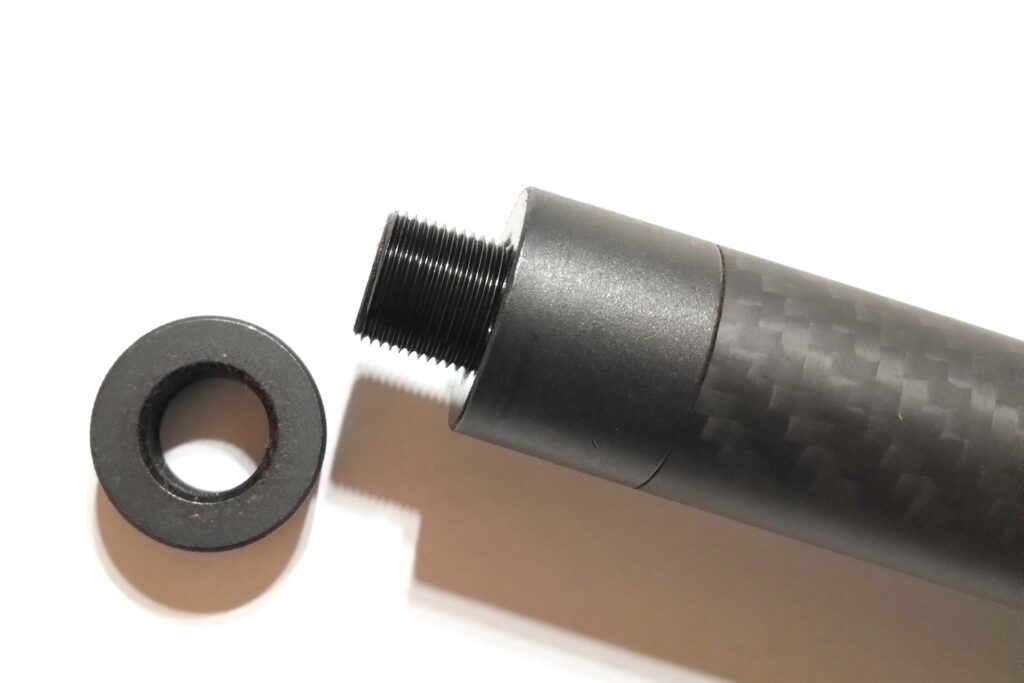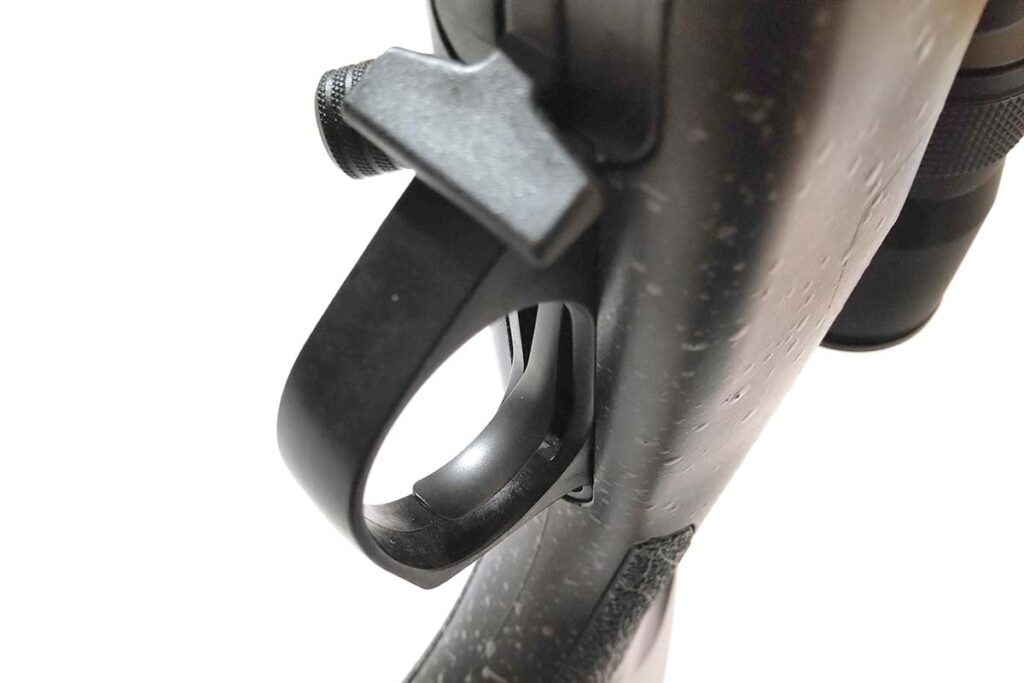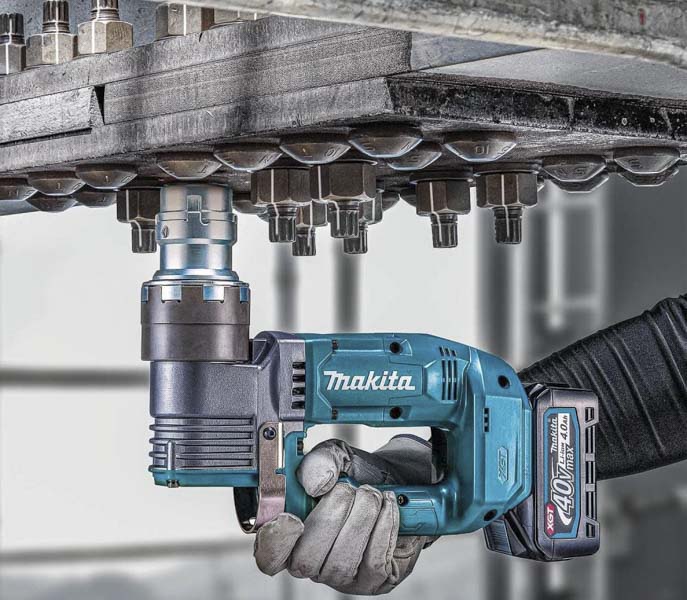
I put the Bergara BMR Carbon to the test to see if it cuts muster for entry-level competition rimfires.
It used to be only 10-year-old boys and 65-year-old men who got geeked up about rimfire rifles—especially .22 LR. A lot has changed over the years. Far from simply a gateway to greater calibers or a penny-pincher’s range toy, .22 rifles have evolved into highly refined, specialized tools. Case in point, the Bergara BMR.
At this point, the rifle is somewhat of a known commodity, released in 2021 and having made its rounds. But few new long guns—particularly rimfire—have punched more of a toehold into my mind than Bergara’s competition plinker since I first handled it.
Were the rounds I splashed on top of each other at 200 yards just the case of a show gun brought to wow the media geeks? Did the rifle have the chops to live up to its billing as a top off-the-shelf competition rimfire? Was the BMR as phenomenal as I remember? Honestly, I had to find out.
BMR Specs
- BMR Specs
- Caliber: .22 long rifle
- Other Available Calibers: .22 WMR, .17 HMR
- Capacity: 5+1 or 10+1, detachable polymer box magazine
- Stock: Black with gray splatter pattern, injection molded
- Barrel: 18 inches, carbon, 1:16 twist, threaded ½-28 with thread protector
- Finish: Black
- Length: 36 inches
- Weight: 5 pounds
- Trigger: User adjustable
- Price: $719 carbon barrel; $619 steel barrel
What The Hell Is The BMR?
Good question, because like many new rimfires hitting the market in recent years, the Bergara is purpose-built with a certain shooter in mind. In this case, the lightweight and nimble iron was engineered mainly for base class NLR22 series shooters and to contend against such series staples as the Tikka T1x and CZ 457. For those who need to know, the base class is the budget division of the rimfire series, where the combined MSPR of the rifle and scope cannot exceed $1,300.

That said, the rifle certainly isn’t confined in the competition box and its greatest asset for gunning down gold is the same that makes it a more than viable field arm—its price. I tested the more spendy of the two BMR models—the carbon barrel variation—which has an MSRP of $719. Bergara, however, also has a steel-barrel iteration that rings up at $619. With some savvy shopping, it is not difficult to find either model at roughly $100 less at retail, which overall makes it highly competitive to the upper crust of off-the-shelf rimfires.
Micro Action
Over the years, I’ve become familiar with Bergara Rifles, starting with the company’s cornerstone B14 series. While still primarily known as a hunting rifle company, the Spanish-American manufacturer has veered into competition irons and has proven a quick study. The Bergara Premier Competition Rifle is one of the finest production-class PRS guns I’ve tested, and this know-how again shines through on the BMR.


Essentially, the rimfire rifle mimics the company’s B14 line in design points, however, at a smaller scale. At the heart of this is the Bergara Micro Action, which offers many of the same features as its bigger centerfire brother—oversized bolt handle, bolt release button, shroud and cocking indicator. However, those of you getting geeked up about slapping the BRM into a chassis or another stock need to control yourselves. While the B14 is indeed a Remington 700 footprint, the BRM is not; indeed, it is quite a bit shorter and has a rimfire action down to boasting a lugless bolt.
Since we’re on the bolt, it’s worth mentioning a few points about it. In particular, the BMR’s extraction/ejection system. It uses dual extractors and a fixed ejector, and I walked away fairly impressed with how reliably the rifle spit spent brass. This includes the tail end of 400 rounds of testing and no cleaning. While extractors and ejectors aren’t the sexiest part of a rifle system, those who shoot rimfire at any volume understand this is a key point of the system.


The good news is that the rimfire is compatible with 700 triggers, so you can tailor the switch to your heart’s desire. It’s questionable you’d need to swap out the trigger on the BMR, as the rifle’s stock fire control is solid. A single-stage trigger, it is user-adjustable though I didn’t mess around with mine as its roughly 3-pound break was comfortable enough for the test.
Other Points Of Interest
Perhaps aside from a pretty cool profile, the first thing that became evident to me in unboxing the Bergara BMR is the lightness of the rifle. Sure, a company can put down the weight of a gun in the specs, but it doesn’t mean much as compared to having it in the hand. The carbon model felt as svelte as its 5- pound listed weight and was nearly imperceivable when at the shoulder.


Much of this is thanks to the rifle’s carbon-fiber-wrapped barrel, which has been fairly abbreviated at 18 inches. To this, Bergara threads the muzzle of the rifle (½-28-inch) to accept a suppressor, almost a necessity on all but true budget plinkers. The BMR comes with 5- and 10-round magazines, the rifle releases these by a very handy double-paddle release at the front of the trigger guard. Finally, the company includes a 30 MOA Picatinny rail for optics mounting, a feature that gives the shooter the ability to stretch the range of the rifle considerably.
Now for some nits to pick on the BMR package.
The stock is a plastic fantastic, an injection-molded affair that doesn’t blow me away. The stock does have aluminum pillars to improve the action’s bedding, it is light, the barrel was well centered down its channel and ergonomically it was comfortable. On the flipside, the fore-end has a bit of flex to it—not enough it would affect a shot, but it’s still there. Overall, the stock is not bad, but it’s not a huge selling point either.


Then there’s the bottom metal. Spoiler, it’s not metal. Instead, Bergara has opted for plastic. Understandable, given the company’s apparent aim is the most rifle for the least amount of dollars—this requires cost savings. The only concern I have here is its potential role as a field gun and an inadvertent impact on a rock or hard surface.
At The Range
After numerous trips to the range with the BMR, I walked away as impressed as I did in my first encounter with the rifle. Honestly, the gun remains one of the most enjoyable I’ve handled in a spell.
For testing, I topped the rifle with a Vortex Diamondback 2-7x35mm scope and ran both CCI 40-grain Velocitor HP and 40-grain Clean-22 ammunition and shot 10 5-round groups to test for accuracy at 50 yards off a bench and sandbags. The best of the day was .591 using Velocitor, and the overall average of both loads was .682. At this range, the average is slightly north of MOA accuracy. However, to be completely fair, there was a stout intermittent quartering headwind the day I did accuracy tests and this may have skewed the results.


I shot the rifle as it came from the box, with only the addition of the scope. Heck, I didn’t even swab the bore. The BMR didn’t hiccup once, kicking spent brass trigger pull after trigger pull and chambered the next round smoothly. By the end of my last session with the gun and nearing 400 rounds, closing the bolt was a bit squishy, but that was a matter of carbon buildup rather than anything mechanical.
Parting Shot
I’ll confess, I enjoy .22 rifles, but I’m not a .22 rifle guy. However, Bergara might have me changing my tune somewhat. I’ve been behind the business end of the B14R (the company’s top-line training rifle) and now the BMR for some serious range time, and each rifle leaves me impressed. The latter especially, because of the price. Not only would I be comfortable taking the BMR into a competition and expect to do fairly well, but I honestly believe it could be an unparalleled varmint gun. Add a suppressor and an overpopulated prairie dog town or a hay field full of ground squirrels, well it might prove a little slice of heaven.
Still, the gun is on the spendy side of things and that might not appeal to every shooter. But for those willing to fork over a bit more for match bragging rights or keeping small critters in line, the BMR could prove a value.
Pros
- Plenty accurate for competition
- Extremely light and well-balanced
- Good factory trigger
Cons
- Stock is very pedestrian
- More expensive than comparable rifles
- Plastic bottom metal
More Rimfire Info:





